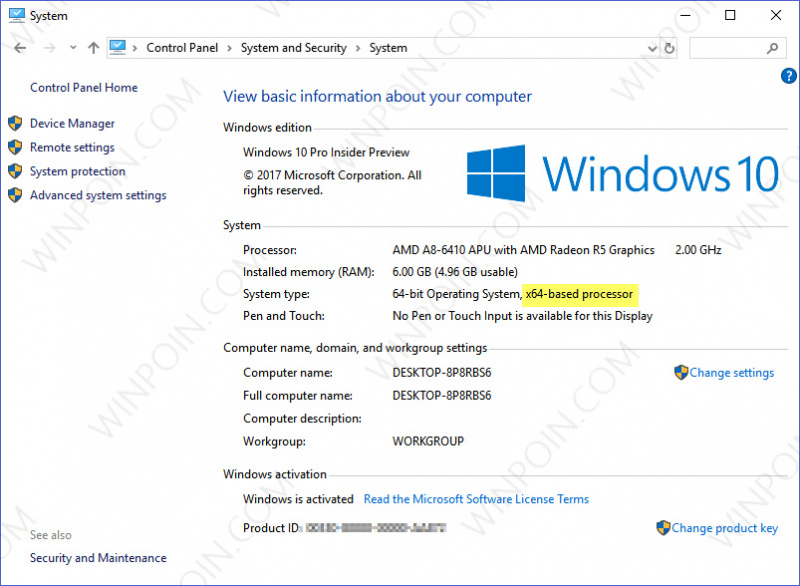
Open the Microsoft Sysinternals website.To confirm the CPU has the required features, you can use the Microsoft Coreinfo command-line tool with these steps: Determine CPU compatibility using CoreinfoĪlthough newer devices can run virtually any version of Windows 10, you have to make sure that the four essential features are present on the processor if you're dealing with older hardware. In the case that the device isn't capable of running the 64-bit version, you should consider purchasing a newer device that meets the system requirements.

However, if it reads 32-bit operating system, x86-based processor, the laptop doesn't support the 64-bit version of Windows 10. Once you complete the steps, you will determine if your computer is running the Windows 10 32-bit version on a 64-bit processor.

How to check 64-bit hardware support on Windows 10

For example, when rendering videos, working with virtual machines, and opening many tabs on your web browser. Also, and perhaps more importantly, it'll help you to improve productivity on memory-intensive tasks. The ability to access more memory allows you to run more apps simultaneously without impacting the experience, and you can run a mix of both 64-bit and 32-bit programs. The only caveat is that there is no in-place upgrade path to make the switch, making a clean installation of Windows 10 the only viable option.Īlthough either version delivers the same features, when you upgrade to the 64-bit (圆4) version, the device will be able to take advantage of large amounts of memory (up to 2TB), instead of 4GB limitation with 32-bit (x86). If you have a desktop or laptop running the 32-bit version, you can upgrade to the 64-bit version without acquiring a new license. Windows 10 can run on both 32-bit and 64-bit processor architectures.


 0 kommentar(er)
0 kommentar(er)
